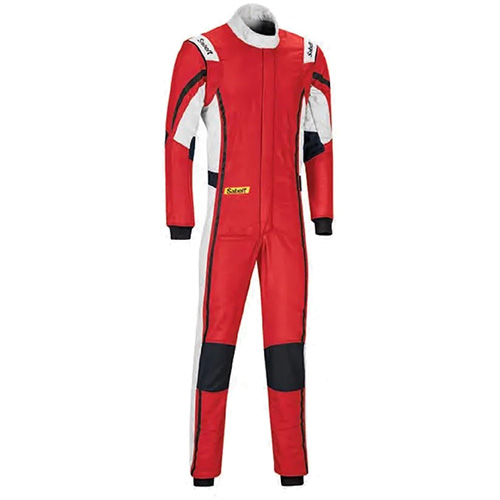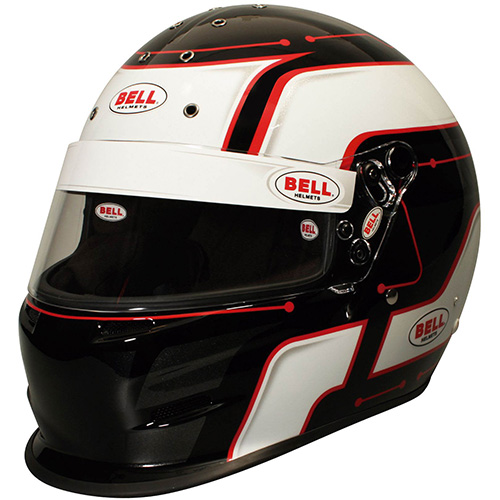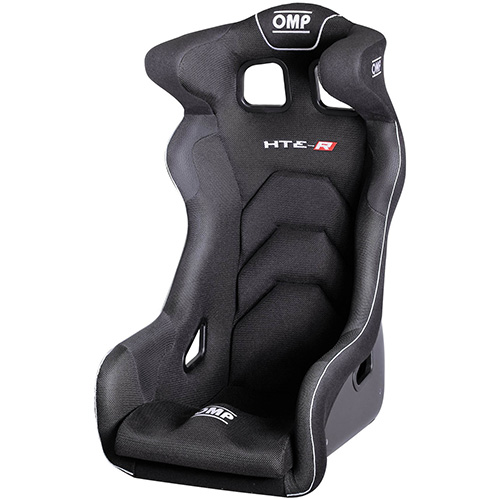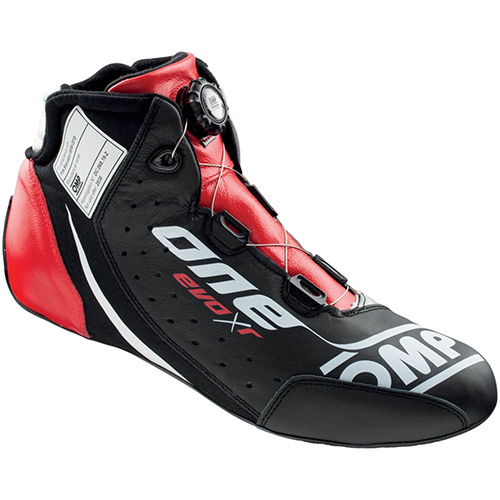Speed Secrets: How Do You Sense the Car’s Limit?
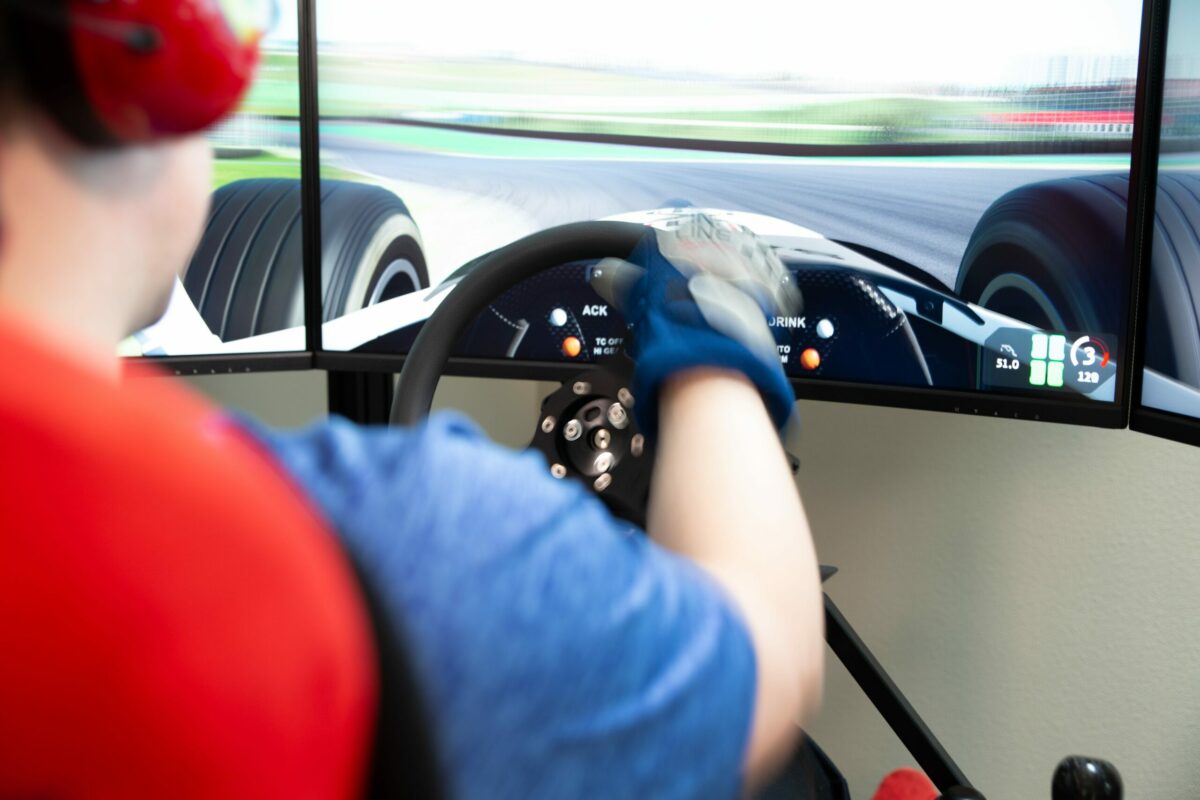
Sim racers, because they can’t feel yaw (the rotation of the car as seen from directly above the car), tend to “drive the car off the front tires.” They initiate understeer so they can sense the car’s limit. They create that limit, then drive it. They sense the limit through the steering wheel.
Many, but not all, real-world drivers who have not used sims, “drive the car off the rear tires.” Rally drivers, sprint car racers, drifters… definitely drive off the rear tires, but so do many road racers. They sense the car’s limit more by the car’s yaw angle than by what they feel in the steering wheel.
As always, there are exceptions to these “rules,” but I’ve seen the data. Those drivers who started by driving sims tend to release the brake pedal quicker, generating a little understeer. That way they can sense what the car is doing through the steering wheel. Those who began driving karts or cars and then moved to using a sim, tend to want the rear of the car to initiate the turn to rotate the car — with a slightly higher slip angle than the front tires, so they feel and use the yaw angle to sense what the car is doing.
Which is best? Yes, it depends! They can be equally as effective, especially if you realize what you’re doing, and deliberately use it to your advantage.
Find out more via Speed Secrets here.
